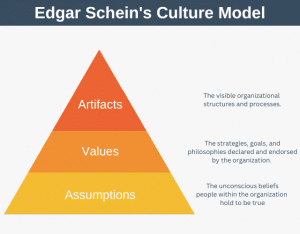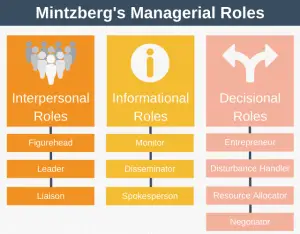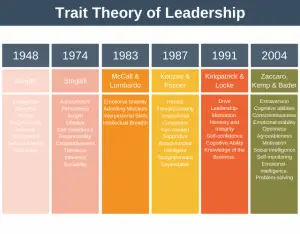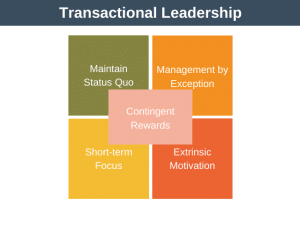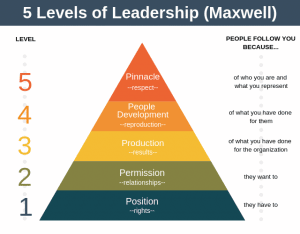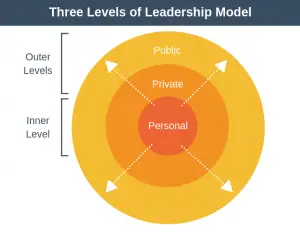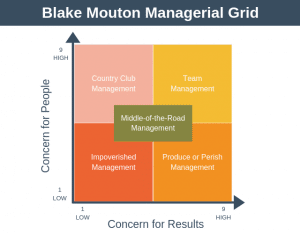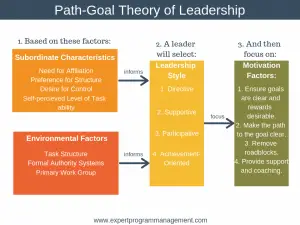The Situational Leadership Model, also known as Situational Leadership Theory, is a leadership model developed by Dr. Paul Hersey and Kenneth Blanchard.
The Situational Leadership Model is predicated on the belief that there is no one best style of leadership. The best style of leadership will depend on the task to be performed and the makeup of the team performing the task.
In a nutshell, a single leadership size does not fit all.
Thus, the best leaders take the time to weigh the many variables affecting their situation and then select their leadership style to best match their situation.
Situational Leadership Model
Most of us naturally adjust our style to suit the situation. For example, we give a newly hired team member more slack to make mistakes than seasoned employees. We direct tasks more closely when a deadline is urgent and important.
The Situational Leadership Model is a framework that helps us make this style adjustment more deliberate. The framework helps us diagnose the situation and select the best leadership style for that situation.
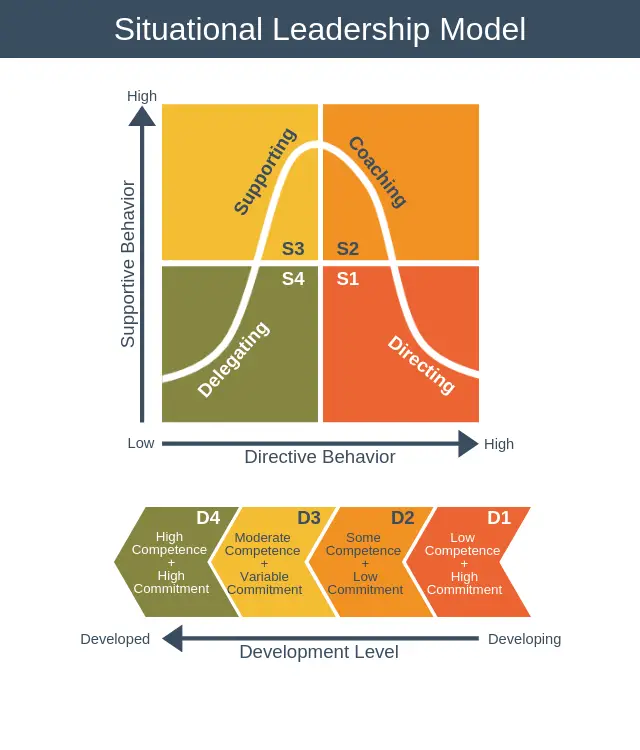
The x-axis indicates the degree of directive behavior that the leader exerts. That is, the amount of direction they give their team. The higher the direction the less able the team is to make decisions for themselves.
The y-axis indicates the degree of supportive behavior the leader uses. That is, the amount of support they give their team. The higher the support the more the leader helps their team to make decisions and perform their job.
D1 to D4 represent how well developed (skilled and motivated) a team or individual is, with D1 being the lowest level of development and D4 the highest.
Leadership Styles
The Situational Leadership Model proposes that there are four primary leadership styles.
S1. Directing
A directing style of leadership is associated with autocratic leadership.
A directing leader will make all the decisions without consulting subordinates. They will inform their team of their decision they have made and expect their team to carry out their instructions. Feedback from the team is discouraged.
The directing leader decides who, what, how, why, and where!
S2. Coaching
With a coaching leadership style, the leader still defines the roles and tasks. However, in contrast to directing, they are more receptive to input and feedback from their subordinates.
These leaders “sell” their ideas and plans to their subordinates to obtain their cooperation.
This leadership style is closely related to the democratic style of leadership. Sports coaches are often associated with this style of leadership. They put players into position and then direct the group in order to obtain the best performance.
S3. Supporting
The supporting leader will participate in idea creation and decision making, but most of the decisions will be taken by the team as a whole.
This type of leader may appear to be “quiet” because they lead by example and appear to be an equal team member of the team, rather than it’s ruler.
S4. Delegating
Delegating leaders are of course responsible for their team, but they provide minimal direction and guidance. It is a hands-off style of leadership similar to laissez-faire leadership where the group makes almost all of the decisions.
This type of leader is usually concerned more with communicating their vision of the future than directing the day-to-day. They will decide what the next should be to move toward their vision, but it is left to subordinates to determine how to achieve that step.
Levels of Employee Development
According to the Situational Leadership Model the style of leadership you choose with depend on the development level of your subordinates. The more skilled and experienced your subordinates the greater their development level.
The Situational Leadership Model identifies four levels of employee development:
D1: The enthusiastic beginner.
Your subordinate is low competence but high commitment. Your subordinate is inexperienced but enthusiastic. Here, your subordinate may show willing but they lack the specific skills the task requires.
D2: The disillusioned learner.
Your subordinate has some competence but low commitment. Your subordinate is somewhat capable but unwilling. They have the skills they need but for some reason are unwilling or lack the confidence to perform the task. The task or situation may be new to them.
D3: The capable but cautious performer.
Your subordinate has high competence but variable commitment. Your subordinate is more capable of performing the task than D2, but for whatever reason, they are unwilling or lack the confidence to perform the task.
D4: The self-reliant achiever
Your subordinate has high competence and high commitment. Your subordinate is confident in their ability to perform the task. Not only that, they are committed and take responsibility for the task.
It is important to realize that the development level of your team will change over time. Your team might be D1 today but that doesn’t necessarily mean they will be D1 one year from now.
Development levels are also task-specific. A member of your team could have a D4 level for a task they have performed multiple times, but a D1 level for a task which is new to them.
Mapping Development Level to Leadership Style
Now that you’ve determined the development level of your team, you can use the following table to select the most appropriate leadership style.
| Low Development (D1) | Directing (S1) |
| Medium Development (D2) | Coaching (S2) |
| Medium Development (D3) | Supporting (S3) |
| High Development (D4) | Delegating (S4) |
Situational Leadership Model Example
Suppose you have just been appointed as manager of a new team to work on a new project. In this instance, it makes sense to categorize your team’s development level as D1, as you are new to the team and the team is new to the project and the type of work it involves.
This means you adopt a directing leadership style initially where you tell the team what you want them to do.
Over time as everyone settles into the project, you realize that the team is very skilled and capable, however, they are unfamiliar with applying their skills and experience to this type of project. In a nutshell, their development level is D3, capable but cautious.
Upon making this assessment you decide to switch to a Supporting (S3) style of leadership. You work closely with the team almost as if you were a team member yourself, encouraging ideas and supporting team members to help build their confidence.
The key point to note from this example is that the most effective style of leadership is dependent on the situation you find yourself in at that moment in time.
Different Terms, Same Meaning
The Situational Leadership Model described above is the latest version of the model, SLII, developed by Kenneth Blanchard.
The original version of the model basically had the same underlying meaning, but many of the terms used were different. In the original model:
- Directing, coaching, supporting, and delegating were referred to as telling, selling, participating, and delegating.
- Development levels (D1 to D4) were referred to as maturity levels (M1 – M4)
The different labels that can be applied to different versions of the model can be confusing, but don’t despair. Whatever version of the model you use the underlying meanings are the same.
Advantages
The advantages of the Situational Model of Leadership are that:
- It’s easy to use. You simply have to assess the current situation and select from one of four leadership styles.
- It’s intuitive. It makes sense that different situations might require different approaches.
Disadvantages
The disadvantages of the Situational Model of Leadership are that:
- The model doesn’t distinguish between leadership style and management style.
- There are several studies which show the models ineffectiveness at getting results.
- Changing your style based on the current situation can prevent you from choosing a style that will work for the long term.
- To use the model you must be able to accurately assess the current situation. This is subjective and so could easily be assessed incorrectly.
Contingency Models of Leadership
The Situational Leadership Model falls under a set of leadership models called contingency models.
All of these models share one thing in common. They state that your style of leadership should be contingent on the situation you face.
Other theories falling under this umbrella include Fiedler’s Contingency Theory, Path-Goal Theory, and Decision-Making Theory.
Summary
The Situational Leadership Model is a framework that states the best leadership style will vary depending on your situation.
The model proposes four leadership styles, each one appropriate at a different stage of a subordinate development.

